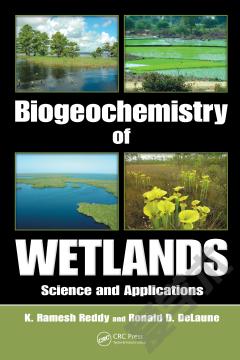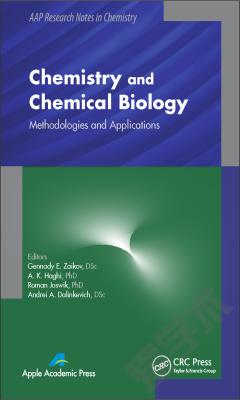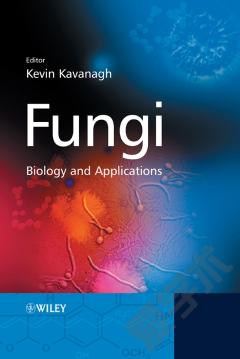Biogeochemistry of Wetlands —— Science and Applications
----- 湿地生物地球化学
Introduction Basic Concepts and Terminology Chemistry Microbiology and Biochemistry Isotopes Terminology in Soil Science Units Biogeochemical Characteristics of Wetlands Types of Wetlands Wetland Hydrology Wetland Soils Wetland Vegetation Biogeochemical Features of Wetlands Types of Wetland/Hydric Soils Field Indicators of Hydric Soils Electrochemical Properties Theoretical Relationships Measurement of Eh Eh-pH Relationships Buffering of Redox Potential (Poise) Measurement of Redox Potentials pH Redox Couples in Wetlands Redox Gradients in Soils Microbial Fuel Cells Specific Conductance Carbon Major Components of Carbon Cycle in Wetlands Organic Matter Accumulation Characteristics of Detritus and Soil Organic Matter Decomposition Organic Matter Turnover Regulators of Organic Matter Decomposition Environmental and Ecological Significance Functions of Organic Matter in Soils Oxygen Oxygen-H2O Redox Couple Soil Gases Sources of Oxygen Aerobic-Anaerobic Interfaces Oxygen Consumption Adaptation of Plants to Soil Anaerobiosis Distribution of Wetland Plants Mechanisms of Flood Tolerance Mechanisms of Oxygen Movement in Wetland Plants Oxygen Release by Plants Measurement of Radial Oxygen Loss Soil Phytotoxic Accumulation Effects on Plant Growth Oxidizing Power of Plant Roots Effect of Intensity and Capacity of Soil Reduction on Wetland Plant Functions .000 Nitrogen Forms of Nitrogen Major Storage Compartments Redox Transformations of Nitrogen Mineralization of Organic Nitrogen Ammonia Adsorption-Desorption Ammonia Fixation Ammonia Volatilization Nitrification Anaerobic Ammonium Oxidation Nitrate Reduction Nitrogen Fixation Nitrogen Assimilation by Vegetation Nitrogen Processing by Wetlands Phosphorous Phosphorus Accumulation in Wetlands Phosphorus Forms in Water Column and Soil Inorganic Phosphorus Phosphorus Sorption by Soils Organic Phosphorus Phosphorus Uptake and Storage in Biotic Communities Mineralization of Organic Phosphorus Biotic and Abiotic Interactions on Phosphorus Mobilization Phosphorus Exchange between Soil and Overlying Water Column .000 Phosphorus Memory by Soils and Sediments Biogeochemistry of Iron and Manganese Storage and Distribution Eh-pH Relationships Reduction of Iron and Manganese Oxidation of Iron and Manganese Mobility of Iron and Manganese Ecological Significance Sulfur Major Storage Compartments Forms of Sulfur Oxidation-Reduction of Sulfur Assimilatory Sulfate and Elemental Sulfur Reduction Mineralization of Organic Sulfur Electron Acceptor-Reduction of Inorganic Sulfur Electron Donor-Oxidation of Sulfur Compounds Biogenic Emission of Reduced Sulfur Gases Sulfur-Metal Interactions Sulfi de Toxicity Exchange between Soil and Water Column Sulfur Sinks Metals/Metalloids Factors Governing Metal Availability and Transformation .000 Mercury-Methyl Mercury Arsenic Chemical Oxidation and Reduction of Arsenic Copper Zinc Selenium Chromium Cadmium Lead Nickel Toxic Organic Compounds Biotic Pathways Metabolism of Organic Compounds Plant and Microbial Uptake Abiotic Pathways Regulators Soil and Floodwater Exchange Processes Advective Flux Diffusive Flux Bioturbation Wind Mixing and Resuspension Exchange of Dissolved Solutes between Soil/Sediment and the Water Column .000 Sediment Transport Processes Vegetative Flux/Detrital Export Air-Water Exchange 40 Biogeochemical Regulation of Exchange Processes Biogeochemical Indicators Concept of Indicators Guidelines for Indicator Development Levels of Indicators Wetland Ecosystem Reference Conditions Sampling Protocol and Design Data Analysis Wetlands and Global Climate Change Potential Impact of Global Change to Wetlands Methane Nitrous Oxide Carbon Sequestration Impact of Sea-Level Rise on Coastal Wetlands Freshwater Wetlands: The Everglades Everglades Wetlands Nutrient Loads and Ecological Alternations Biogeochemical Cycles Restoration and Recovery Coastal Wetlands: Mississippi River Deltaic Plain Coastal Marshes, Louisiana Biogeography and Geology of Louisiana Coastal Wetlands Coastal Wetland Loss Case Studies Impact of Flooding and Saltwater Intrusion on Louisiana Coastal Vegetation Carbon Cycling Nitrogen Cycling Sulfur Cycling Case Studies of Factors Governing the Fate of Toxic Organic Compounds and Pollutants in the Louisiana Coastal Wetland Advances in Biogeochemistry Biogeochemical Processes Algal and Microbial Interactions Vegetation and Microbial Interactions Modern Tools to Study Biogeochemical Cycles Synthesis: Mechanistic and Statistical Models Future Directions and Perspectives References Index *Each chapter contains an Introduction, Summary, References, and suggestions for Further Readings. Most chapters also contain Study Questions.
{{comment.content}}








 京公网安备 11010802027623号
京公网安备 11010802027623号